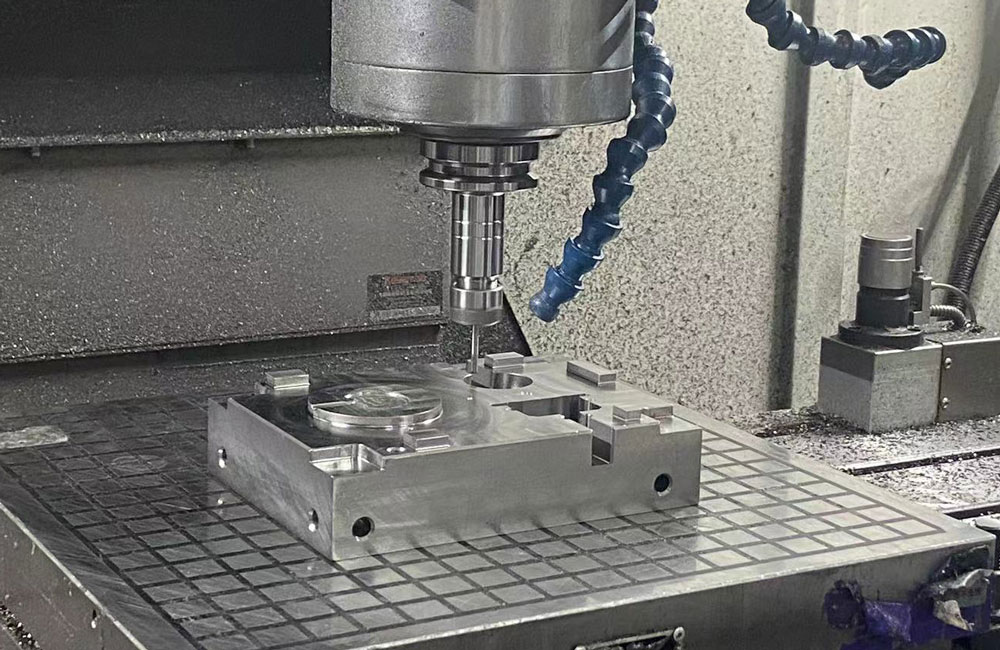Mold Machining Focus
Burrs, as a frequent workpiece defect in Mold CNC machining, often appear after cutting operations. Especially during drilling or milling, these unwelcome guests tend to form on the bottom edges of parts, particularly for materials with good plasticity and low hardness.
Exploration of Burr Causes
When the material is cut to the last layer, it is prone to deformation and detachment from the cutting tool. With the part remaining in a fixed position, these deformed materials are difficult to completely remove, leaving a sharp burr in the form of a thin film on the edge. These burrs not only affect the aesthetics of the workpiece but may also interfere with subsequent processing or use, necessitating their removal.

Burr Removal Strategies
For burr issues, we have multiple solutions at our disposal. The most direct and simplest method is manual burr removal, which, although relatively inefficient, remains effective for small-scale or simple workpieces. However, with technological advancements, we now have more sophisticated burr removal techniques, such as thermal and vibration burr removal. These techniques significantly improve the efficiency of burr removal while ensuring the surface smoothness and precision of the workpiece, providing a higher-quality solution for the mold machining industry.